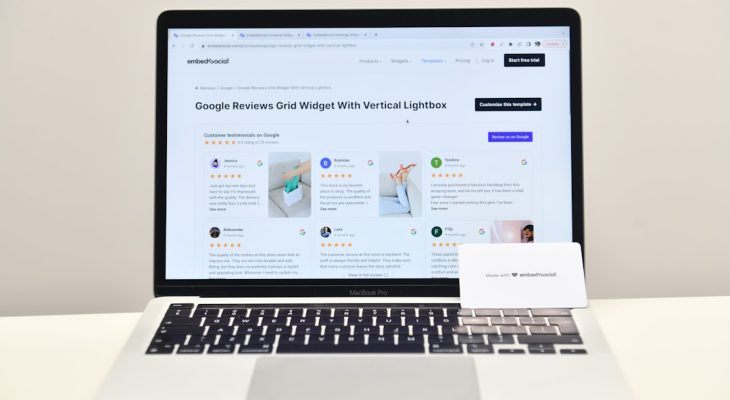Running Amazon ads can be an incredibly effective way to increase sales and visibility for your products, but all too often, sellers unknowingly sabotage their efforts. Whether you’re new to Amazon advertising or have been managing campaigns for a while, avoiding these common mistakes can save you time, money, and frustration, while significantly improving your ROI.
1. Ignoring Campaign Structure
Many sellers jump straight into launching ads without putting thought into how their campaigns and ad groups are structured. This leads to disorganized reporting, poor budget management, and difficulty optimizing campaigns.
Solution: Take time to strategically separate your campaigns by goal, product category, or targeting type. This allows for clearer performance tracking and more precise optimization.
2. Using Broad Match Keywords Only
It’s tempting to cast a wide net with broad match keywords, but relying on them exclusively can mean wasting ad spend on irrelevant searches. Broad matches often trigger ads for queries that don’t convert.
Solution: Balance your keyword strategy with a mix of broad, phrase, and exact match types. Use Amazon’s Search Term Report to identify top-performing queries and adjust accordingly.

3. Not Utilizing Negative Keywords
One of the most overlooked Amazon ad tools is negative keywords. When you don’t add irrelevant or low-performing search terms as negatives, your ads continue to show where they shouldn’t, wasting your budget.
Solution: Regularly review your search term reports and add non-converting queries to your negative keyword list. This helps fine-tune your targeting and increase ROI.
4. Setting and Forgetting Campaigns
Amazon ads are not a “set it and forget it” system. Some sellers assume they can launch their ads and let Amazon take care of the rest. Unfortunately, without ongoing oversight, these campaigns quickly become inefficient.
Solution: Monitor performance at least weekly. Look at impressions, click-through rate (CTR), ad spend, and conversions. Consistent optimization based on data is key to maintaining profitability.
5. Failing to Optimize Product Listings
Even the best ad won’t perform well if it leads customers to a poorly optimized product listing. If your product page lacks compelling copy, clear images, or bullet points, you’re likely losing conversions.
Solution: Ensure your listings are fully optimized before driving traffic. Focus on high-quality images, keyword-rich titles, and persuasive descriptions to increase conversion rates.

6. Not Testing Different Ad Types
Amazon offers several ad formats—Sponsored Products, Sponsored Brands, Sponsored Display—but many sellers stick only to Sponsored Products. By doing so, they miss out on valuable visibility and sales potential.
Solution: Experiment with different ad types to discover what works best for your products. For example, Sponsored Display can help retarget visitors who didn’t purchase, while Sponsored Brands helps build brand recognition.
7. Ignoring New-to-Brand Metrics
If you only track clicks and sales, you’re missing a vital part of the picture. New-to-brand metrics tell you how many of your customers are buying from you for the first time—which can be a strong indicator of your growth potential.
Solution: Incorporate new-to-brand metrics into your campaign analysis. This can help you gauge the effectiveness of awareness campaigns and understand your repeat customer rate over time.
Final Thoughts
Amazon ads can seem complicated, but once you’re aware of the common pitfalls, it becomes much easier to manage them effectively. By structuring your campaigns, leveraging keyword data, testing creative formats, and consistently optimizing based on performance, you set yourself up for long-term success.
Take the time to regularly review and assess your strategy, and you’ll find that Amazon advertising can be an incredibly powerful tool for scaling your business.








